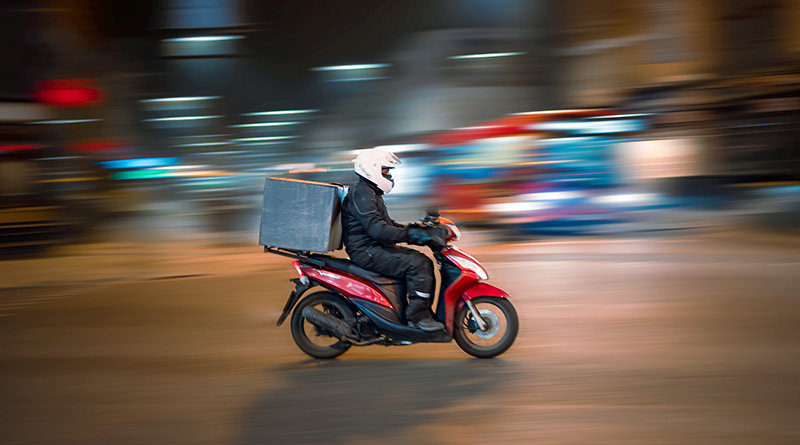UK Food to Go Market to Grow +31.9% in 2022, to a Value of £21.3 billion

According to the new Lumina Intelligence UK Food To Go Market Report 2022, the UK food to go market is forecast to grow by +31.8% in 2022, to a value of £21.3bn.
This will see the market fully recover to and exceed its 2019 pre-pandemic market value and follows growth of +38.2% in 2021 (a value of £16.2bn).
KEY FTG channels expected to exceed 2019 turnover in 2022
Key FTG channels including convenience and supermarket grab and go, coffee shop/cafés as well as travel are expected to exceed 2019 turnover in 2022. Branded traditional fast food is expected to have a slower recovery, with delivery gaining large proportions of key operators including McDonald’s and KFC’s sales mix.
Travel, coffee shops/cafés and street food are expected to see the strongest growth in share from 2016-2022. Convenience store grab and go remains the largest channel in the food to go market, at a share of 28.3%, but the channel is losing share to higher spend food to go specialists as consumer quality expectations increase.
Sandwich & bakery, coffee shop and travel to lead outlet growth
In outlet terms, the UK food to go market is set to see a net increase of +1,517 sites in 2022, a percentage growth rate of +1.0%, led by sandwich & bakery, coffee shop and travel segments.
Operators across the food to go market including Greggs, Costa Coffee and Pret A Manger are diversifying outlet coverage in line with changes to consumer habits following the pandemic, with operators targeting more drive thru, travel led sites, as well as neighbourhood and suburban locations.
Top ten brands account for 34.5% share of total FTG market
The top ten brands by turnover saw stronger and unrestricted trading in 2021, leading to an average growth rate of +43.2% following overall FTG sales declines in 2020. Both city centre and suburban focused sites benefitted from hybrid working patterns, catering to consumers commuting and working from home, especially for lunch occasions.
Half of the top ten brands increased their share of the food to go market in 2021, bringing their combined share to 34.5%, up +1.8 ppts from 2020.
Three-in-ten consumers purchase food to go every week
30% of UK adults have a food to go occasion at least once per week.
Drink and lunch hold the biggest share of FTG occasions by day part – a combined 66% of occasions. The drink occasion has seen a further boost to day part share of +2.4ppts with hot drink on the go purchases taking a greater share amid a raft of operator innovation around festive hot drinks.
Familiarity, good value for money and voucher/promotion/loyalty card have increased as drivers to choosing a specific establishment.
Gregg’s, Costa Coffee, and McDonald’s lead the FTG market by share of occasions, and each gained share in the 12 weeks end ending 30/01/2022. Greggs has the highest share of occasions, accounting for 12%, with Costa Coffee accounting for 11% and McDonald’s 10%. These brands have benefited from consumer desire for tried and tested brands.
Food to go to grow by +£1.7 billion from 2022-2025
The UK food to go market is expected to total £23.0 billion in 2025, with robust growth of +2.5% per annum from 2022-2025.
Outlet growth in the market is expected to reach its highest figure in six years, at +1.2% in 2025, to a net value of 156,120 outlets.
Blonnie Whist, Insight Director at Lumina Intelligence said, “During the pandemic, the very nature of food to go was hampered by tight restrictions on movement. However, the channel has always been well placed to recover post-pandemic. This is apparent in our forecasts, which indicate a full recovery by the end of 2022. This growth is set to be driven by a number of factors. Firstly, the reopening of hospitality, as well as recovery in city centre footfall, will drive food to go occasions as more consumers return to offices at least some of the working week. Secondly, recovery in travel and tourism will boost food to go throughout key parts of 2022, including the summer months. Thirdly, food to go is a relatively low ticket and is well placed to capitalise on tighter budgets as consumers feel the impact of cost increases across food, fuel and utility bills as well as taxation.”
